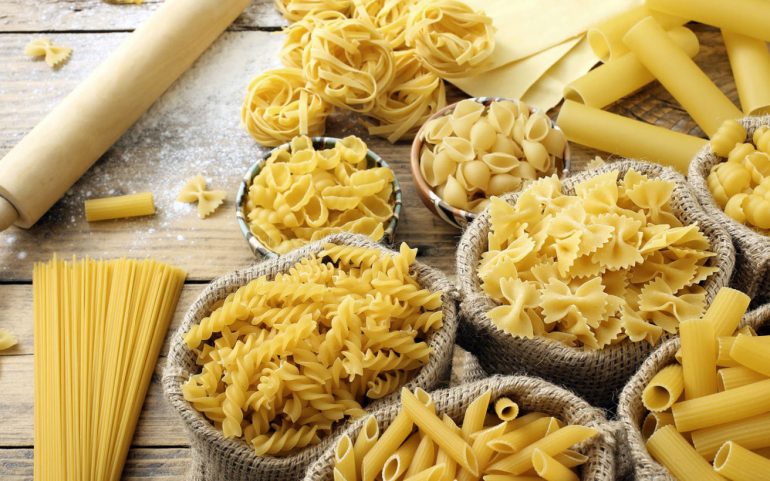Who can resist an exuberant and filling pasta with a rich sauce and enough grated cheese? Who can lie that pasta is not his favorite food? Is there really a person on earth (without any health problem) who can not eat spaghetti every day? In any version and with any accompaniment? Spaghetti, linguine, rigatoni, penne, al dente or boiled, in the oven or pot, with sauce or plain, no matter how you eat your favorite pasta, the result always remains delicious. And of course filling.
Have you ever wondered, however, where the best are produced? pasta in the world and how can you get them? The small town in the Italian south of the province of Campania called Gragnano is therefore considered the "queen" of pasta, as it produces more than 200 different types of pasta, admittedly the best on the planet.
In fact, according to Forbes, comparing Gragnano pasta to any other pasta in the world is like comparing ham to genuine Parma prosciutto.
The City of Pasta
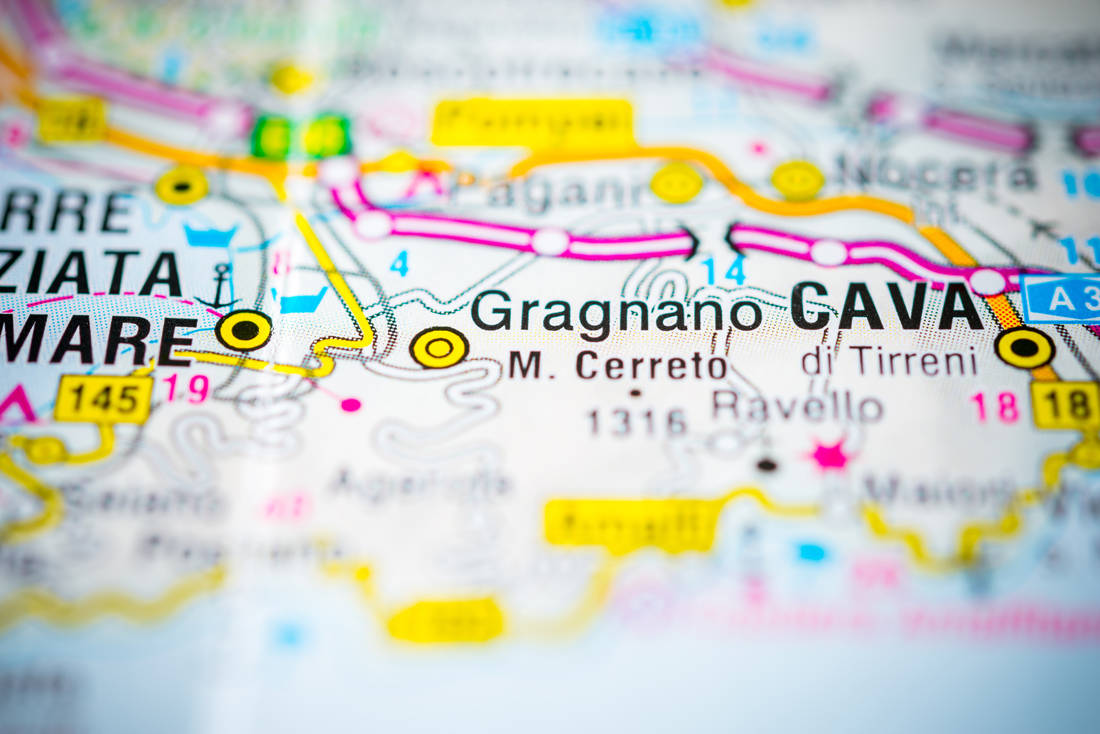
Although there is evidence that the Greeks were the first to cook sheets of wheat flour dough and lettuce juice, the first tangible references to pasta as we know it today are traced to 13th century Italy. In fact, until the 16th century, pasta was made at home, when in fact it was the most common meal consumed in all the houses of the Italian peninsula. Over the years, pasta has become an industrial product, thanks to a small number of Italian pioneers, residents of the small town of Gragnano.
Of the few areas of Italy that dealt most extensively with "White Gold", as the townspeople call pasta, the encouraging start-up was cut short by a series of unfortunate events such as famines, epidemics and droughts. prevented the further development of the object. It was only in the 18th century that "Pasta di Gragnano" acquired the appropriate brand and was first sold in the surrounding areas and then gradually throughout the Italy.
This century is included in the "golden age" of the city, as the establishment of numerous pasta factories on its main road and its connection in 1885 with Campania by rail, highlighted the growing strategic location of Gragnano.
Today Gragnano is considered the "Pasta City", especially for the "maccheroni", one of the most famous species in the world.
The reasons that make these pastas the top of the world
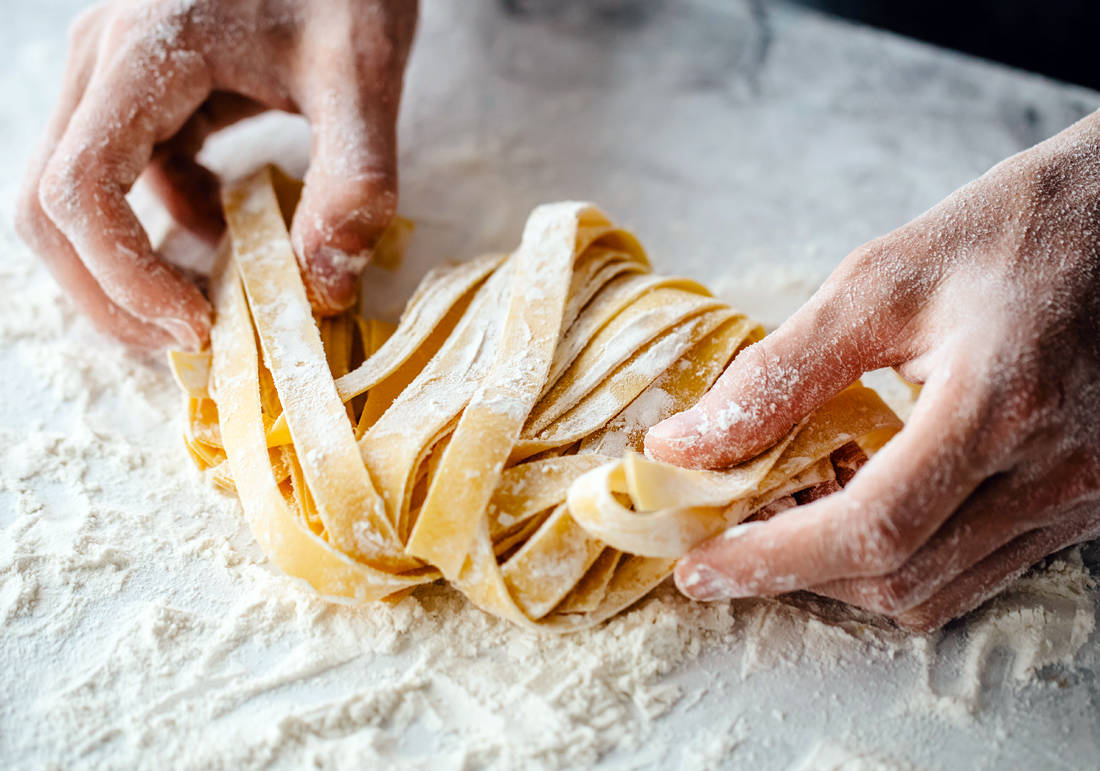
Built on a hill that "sees" in the bay Naples, at an altitude of 350 to 600 meters, between Monte Lattari and the famous Amalfi Coast, the small town in southern Italy is famous for the production of dried, not fresh, pasta, which is especially helped by the mild climate with light humidity. prevailing in the area, as well as the geography of the city.
The first secret of the excellent pasta produced in Gragnano, then, is the land where the wheat is grown. The city is built at the foot of Monte Latari and benefits from an ideal composition of air, sun and humidity. For this reason, in fact, in the 18th century the king of Naples decided that only two places were suitable for the cultivation of wheat in the wider area: Naples and Gragnano. Note, however, that in order for pasta to be properly prepared, durum wheat must only be mixed with water from the area, which is very light in calcium and other minerals, so it cannot change the structure of the semolina.
The second secret of the successful production of the city's pasta is the carefully developed process that has been followed for centuries and which is faithfully followed until today by the producers, following a strict production standard.
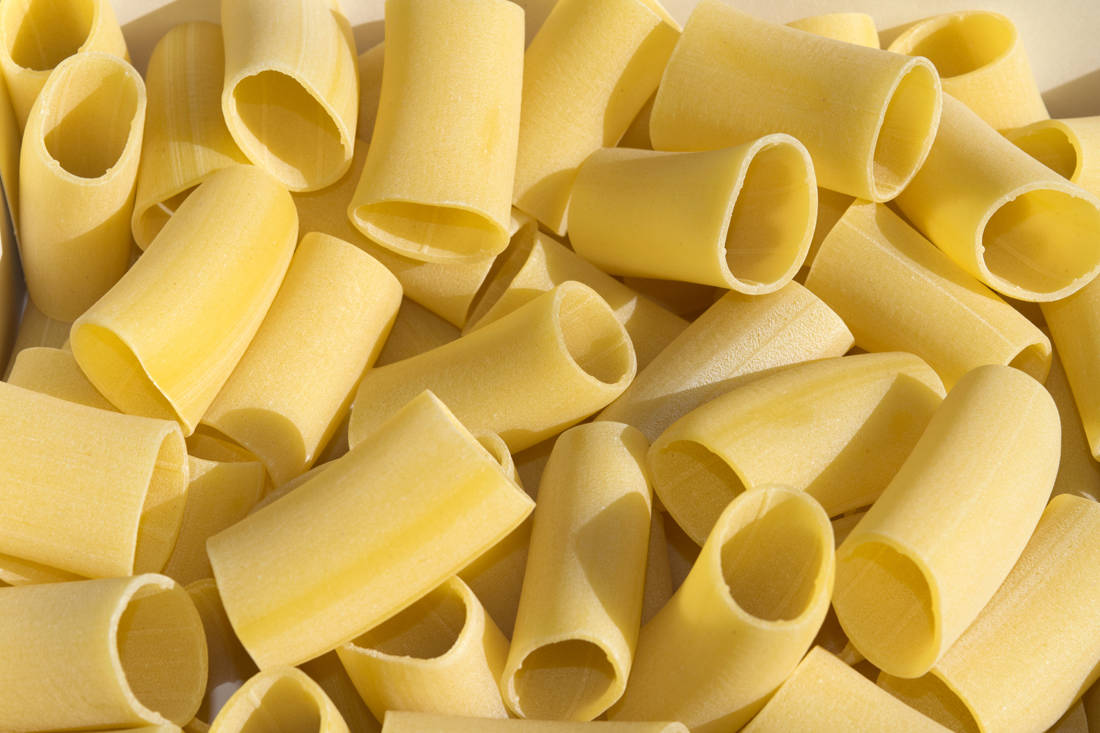
A third and equally important step for the success of the pasta is the fact that the dough should be cut through traditional copper utensils, which give the pasta a rough texture that allows any sauce to adhere to any part of the pasta.
Finally, for an excellent result, the dough should be dried at low temperatures in the mountain air, gradually and naturally.
The result, then, of this long and traditional process - a process that ensures the protein and nutritional properties of wheat, which in turn give cooked pasta a better taste and greater ability to retain its distinctive texture - is a of the most delicious pasta in the world.
A festival dedicated to pasta
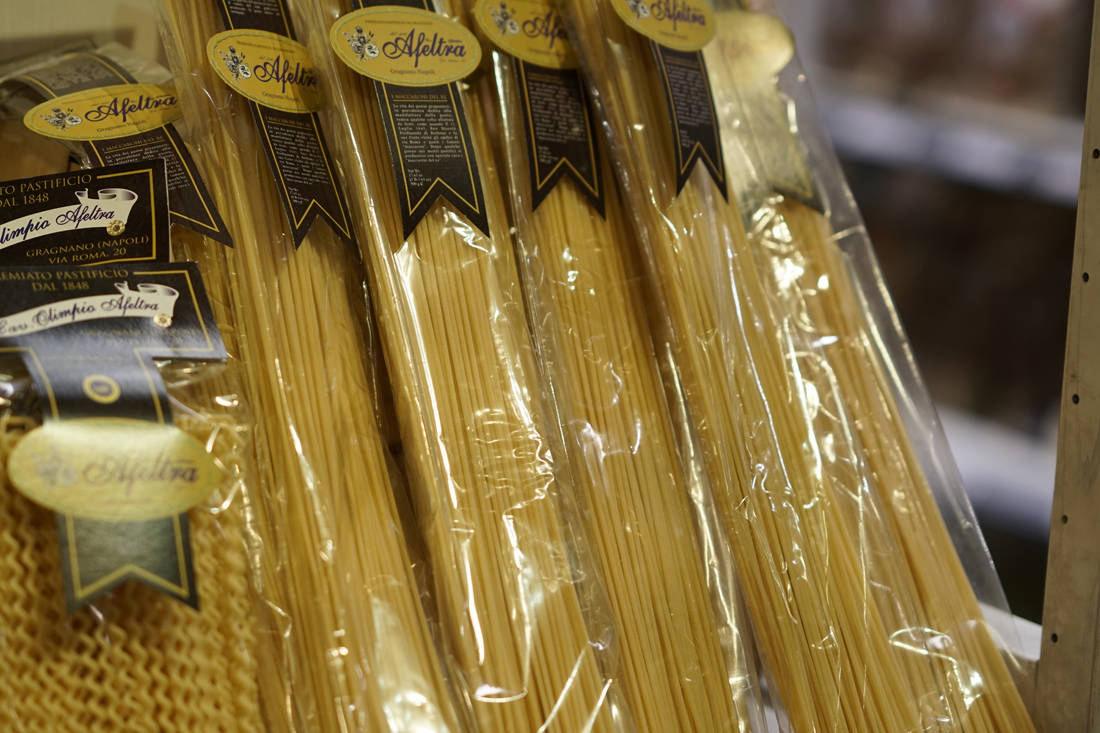
The producers of Gragnano to honor the "golden" product that helped the development of the region, organize every September the Gragnano Pasta Festival. The festival was organized for the first time after the Second World War with the aim of reviving the traditional way of producing the famous pasta. During the two-day festival, Gragnano producers cook on the city streets, offering more than 5.000 dishes to the more than 100.000 tourists who come every year to try the area's famous pasta. In fact, there are many famous chefs who organize cooking presentations on the streets of Gragnano in those days.
It is worth mentioning that in 2013 the European Union designated pasta under the name "Pasta di Gragnano" as a Protected Geographical Indication (PGI) product, which should be produced under certain conditions in a defined area, which continues to correspond to that area indicated by the king of Naples two centuries ago.
